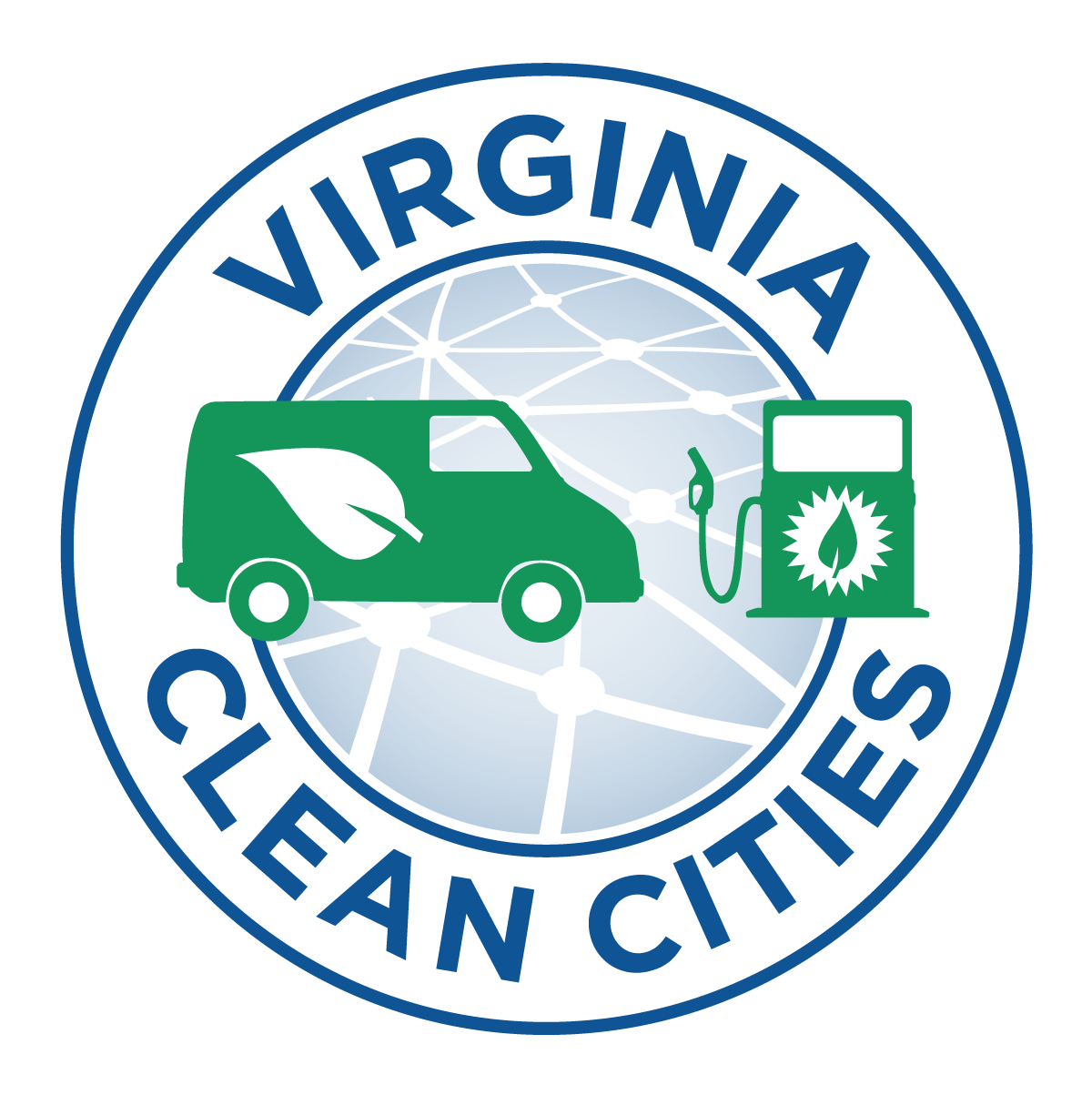Question of the Month: What information will be included on the U.S. Environmental Protection Agency (EPA) fuel economy label for new and upcoming all-electric vehicles (EVs) and plug-in hybrid electric vehicles (PHEVs)?
Answer: Nissan and General Motors recently released the EPA fuel economy ratings for their new advanced vehicle models, the Nissan LEAF EV and Chevrolet Volt extended range electric vehicle (EREV*). These announcements were made while EPA and the National Highway Traffic Safety Administration (NHSTA) are finalizing regulations that would change the information currently included on fuel economy labels for all vehicles, including EVs and PHEVs.
Proposed Advanced Vehicle Fuel Economy Ratings and Labels
On September 23, 2010, EPA and NHTSA released a proposed rule to change the fuel economy labels that appear on the windows of new vehicles for sale. The goal of this new label is to provide consumers with simple, straightforward comparisons across all vehicle types. The proposed rule includes additional information that would be available for advanced vehicles, including:
- Driving Range: The label would identify how many miles EVs and PHEVs can drive before needing to recharge and/or refuel.
- Different Modes: For vehicles that can operate using more than one fuel or technology (e.g., all-electric and gasoline only modes for PHEVs), the label would provide fuel economy information for each distinct operating mode.
- Energy Consumption: For EVs, the label would show energy use in kilowatt-hours (kWh) per 100 miles, as well as miles per gallon equivalent (MPGe). For PHEVs, the label would show only MPGe for all-electric mode. The MPGe rating is an important metric for comparing advanced vehicles to conventional vehicle models that are rated in miles per gallon (mpg). In the proposed rule, EPA and NHSTA included the following calculation to compare electricity as it is conventionally measured on a utility bill to gallons of gasoline: 33.7 kWh = 1 MPGe.
The final rule is scheduled to be released by the end of January 2011, and the proposed changes to fuel economy labels will likely take effect starting with Model Year (MY) 2012 vehicles. However, for those advanced vehicles that will be introduced to the market prior to MY 2012, EPA is working with individual manufacturers on a case-by-case basis to develop interim labels under EPA’s current regulations that can be used prior to MY 2012 and that are consistent with the proposed labels for advanced vehicles (see Nissan LEAF and Chevrolet Volt announcement information below). For more information on the EPA and NHSTA rulemaking, please visit the following EPA Web site: http://www.epa.gov/fueleconomy/regulations.htm.
Recent Announcements
The information included in the recent Nissan and General Motors announcements related to fuel economy for their advanced vehicle models follows very closely with the proposed fuel economy label changes outlined above. Most notably, the all-electric fuel economy for these vehicles is measured in MPGe, based on the assumption that 33.7 kWh of electricity is equivalent to one gallon of gasoline.
According to Nissan, EPA estimates that the 2011 LEAF has a combined city/highway fuel economy of 99 MPGe, or 106 MPGe city and 92 MPGe highway. For more information on the Nissan announcement, including a picture of the actual label, please see their Web site: http://nissannews.com/en-US/nissan/usa/releases/036cf0bd-f529-4961-9f26-08fdd564831c.
As described above, according to General Motors, EPA split the 2011 Chevrolet Volt PHEV fuel economy values into separate ratings, one representing the vehicle’s fuel economy while it is operating in all-electric mode (93 MPGe) and one representing the fuel economy in gas only mode (37 mpg). For more information on the General Motors announcement, including a picture of the actual label, please see their Web site: http://media.gm.com/content/media/us/en/news/news_detail.brand_gm.html/content/Pages/news/us/en/2010/Nov/1124_volt_label.
Though EPA has yet to formally announce these ratings, Oak Ridge National Laboratory expects the LEAF and Volt ratings to be available on the fueleconomy.gov Web site soon. Additional advanced vehicle fuel economy ratings will also be posted to fueleconomy.gov as they become available.
Happy Holidays!
